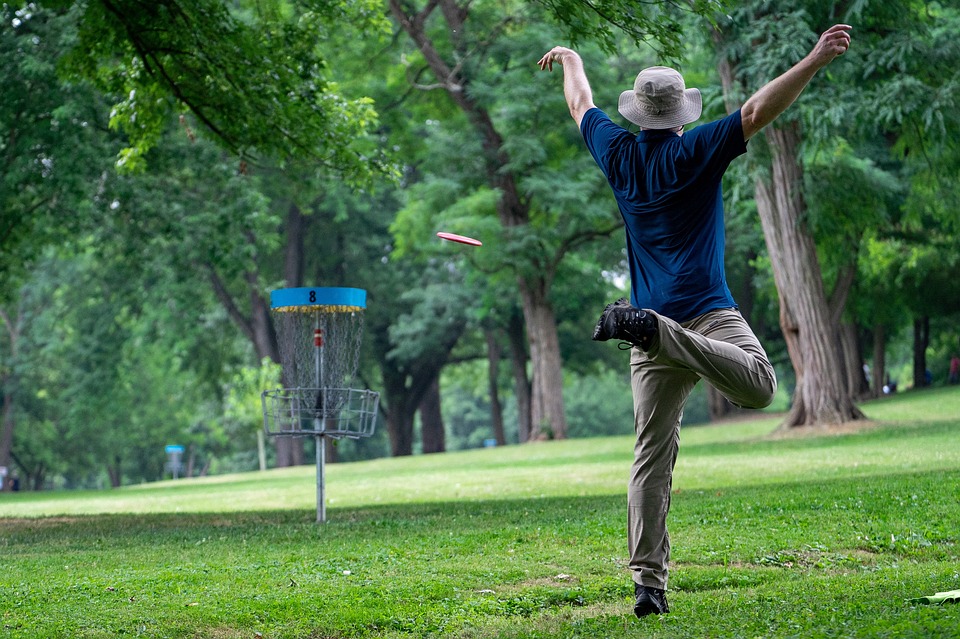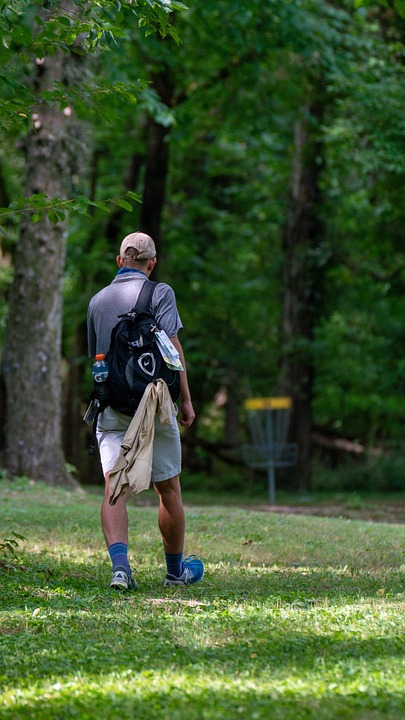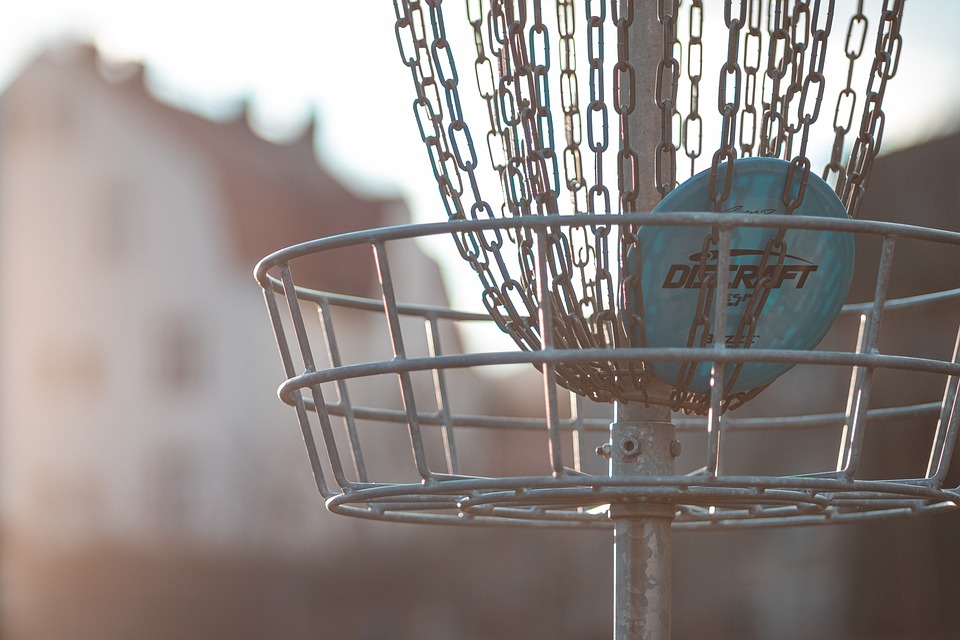Building the Ultimate Ultimate Disc
, 2018-01-02 02:00:00,
For almost half my life, I have played the sport of ultimate—previously called ultimate Frisbee—across several states and even internationally, in all types of conditions. On one extreme, the snowy outdoor February tournament in New Hampshire called Live Freeze or Die takes pride in the toughness of its competitors (the name is a takeoff on the state motto,“Live Free or Die”). On the other end, tournaments in the Southwest on scorching turf fields have made me think my feet were melting.
Ultimate only requires one piece of equipment—the disc (not “the Frisbee,” which is the trademarked name of the disc made by Wham-O). Players, like me, have noticed that discs fly differently depending on the temperature. In the cold, discs are rigid, painful to catch and break easily. Discs left out in a hot car are floppy and don’t fly as well.
For nearly three decades, one company, Discraft, has dominated the disc market. But recently, a small enterprise developed a new disc that’s now edging for a spot on the field.
Zahlen Titcomb and his four siblings, founders of the ultimate apparel company Five Ultimate, have thrown and caught discs countless times. Recognizing that players would appreciate a disc that performs better across a wide range of temperatures, they decided to improve the disc on their own.
They also wanted to create a long-lasting disc. Discs may gain dents over use, adding wobbles to their flights.
The problem, however, was the Titcombs didn’t know anything about designing a disc. So they started with intuitions of how a disc should feel and perform and progressed with trial and error.
To mass produce a disc, the Titcombs would eventually need a disc mold. Hence, they first experimented with the disc shape. They adhered to the size and weight requirements for official competition approval. They used computer-aided design software and 3D printing to develop different versions. They threw each iteration, advancing toward one with the weight distribution and “rim feel” they preferred.
Next, they focused on the materials. Companies won’t reveal their trade secrets, so the five siblings started from scratch. In their initial experiments, they gathered old discs and put them in the freezer and oven to compare how they performed, such as testing how much a disc would bend and return to its original shape. They even looked at other…
,
To read the original article, go to Click here




